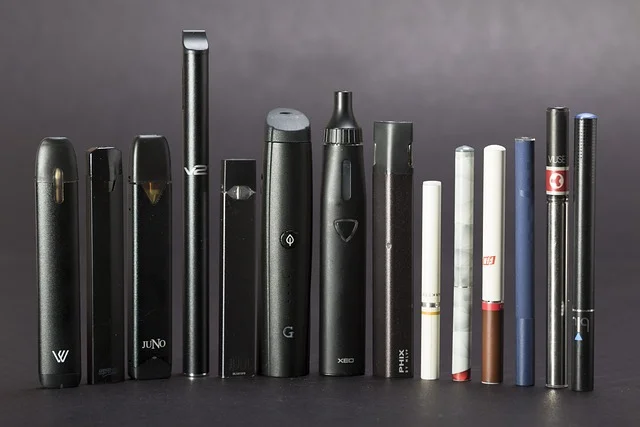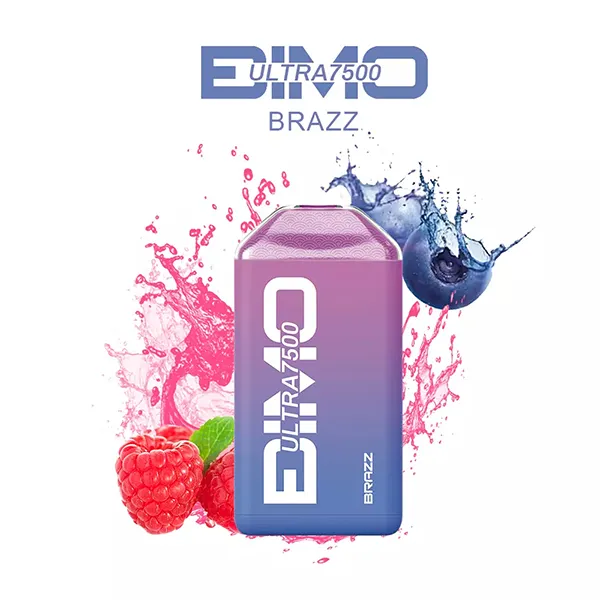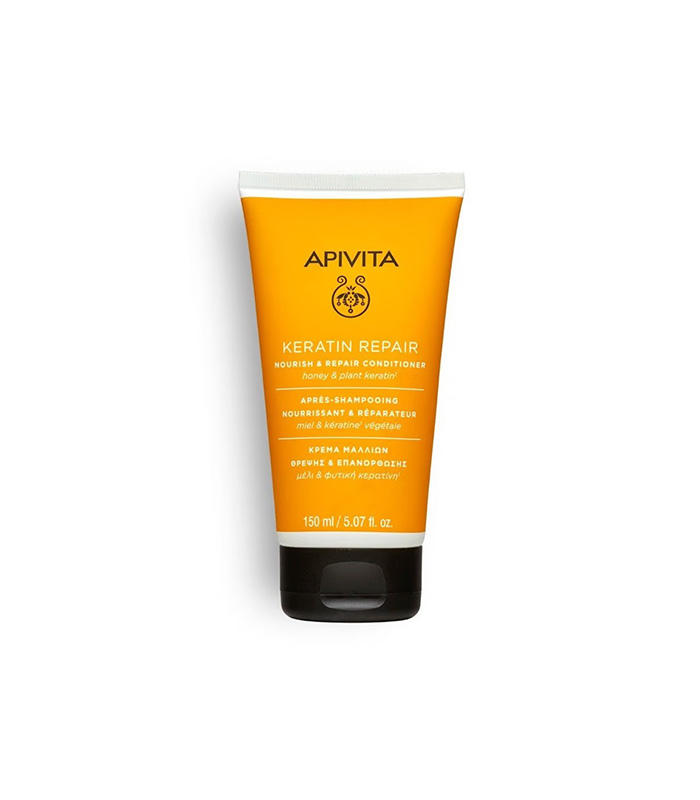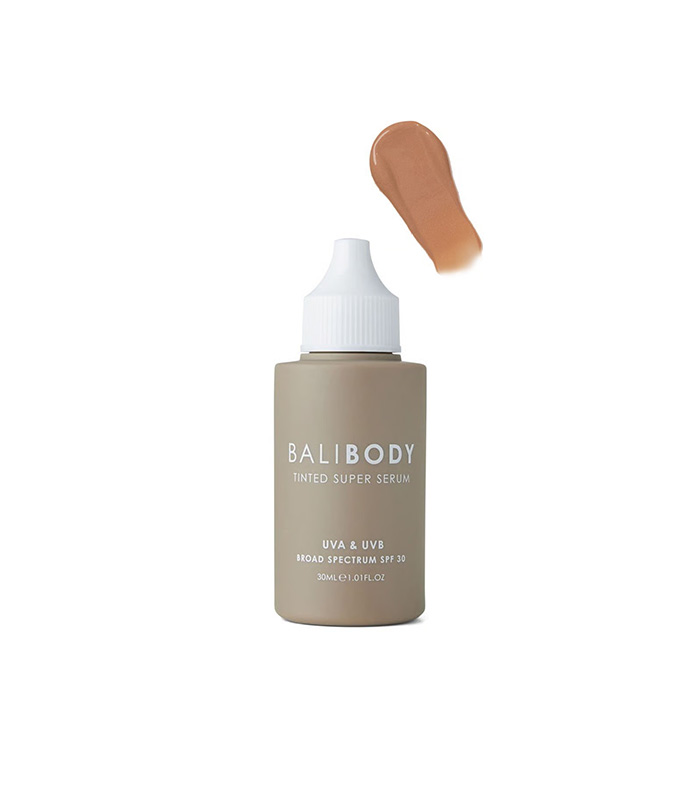Best E-Liquid Australia: Top Picks & Buying Guide

Article Overview
🚀 Key Takeaways
– Popular e-liquid flavours in Australia include fruity, dessert, and tobacco varieties.
– Always purchase from reputable Australian vendors to ensure compliance with local regulations.
– Prices for e-liquids in Australia typically range from $15 to $30 AUD per bottle.
– Check for TGA-approved products to guarantee quality and safety.
📋 Table of Contents
Introduction & Definition
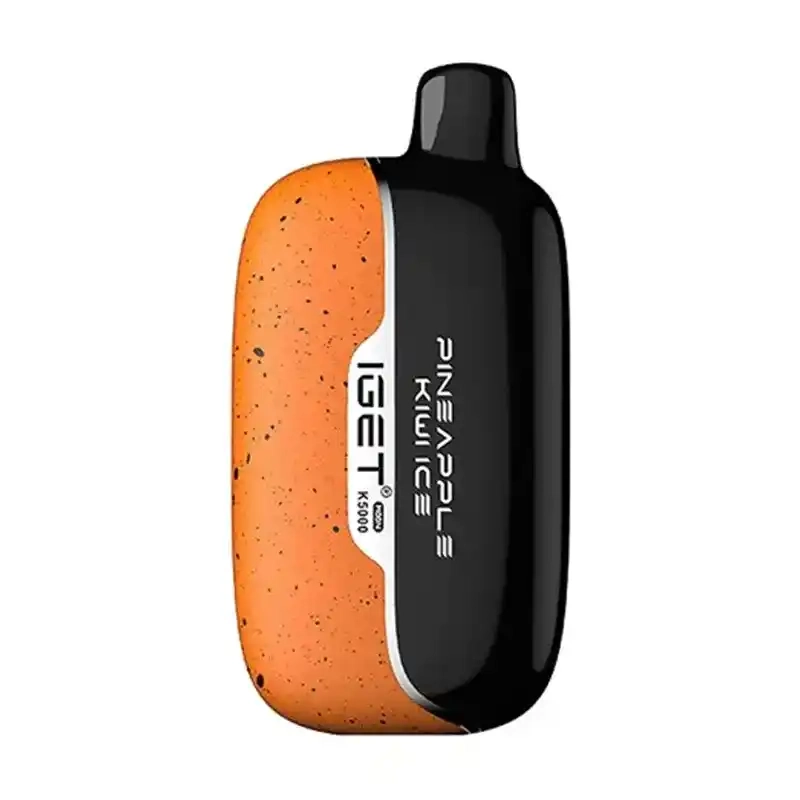 Australian vaping products on display
Australian vaping products on display
E-liquids, also known as vape juices, are the lifeblood of vaping devices, offering users a smoke-free alternative to traditional cigarettes. In Australia, the e-liquid market has grown exponentially, with a projected value of AUD $1.2 billion by 2025. These liquids typically contain a mix of propylene glycol (PG), vegetable glycerin (VG), flavourings, and optionally nicotine—though nicotine-containing e-liquids require a prescription under Australian law.
The Australian vaping landscape is shaped by strict regulations. Since October 2021, consumers must obtain a doctor’s prescription to purchase nicotine e-liquids legally. This has led to a surge in nicotine-free alternatives, with products like the InstaBar Vape Australia gaining popularity for their convenience and satisfying flavours.
Australian vapers can choose from thousands of flavours, ranging from classic tobacco to innovative blends like Strawberry Raspberry IGET Bar. Local manufacturers must comply with the Therapeutic Goods Administration (TGA) standards, ensuring products are free from harmful additives. Major cities like Sydney, Melbourne, and Brisbane host numerous specialty vape shops, while online retailers like MyCentralCity offer convenient nationwide delivery.
Market Comparison & Analysis
 Graph showing Australian vape market growth 2020-2025
Graph showing Australian vape market growth 2020-2025
The Australian e-liquid market presents unique characteristics compared to global trends. With over 520,000 regular vapers as of 2025, Australia represents one of the most regulated yet fastest-growing vaping markets in the Asia-Pacific region.
Price Comparison Across Cities:
- Sydney: Average disposable vape price = AUD $25-$40
- Melbourne: Average e-liquid bottle (60ml) = AUD $30-$50
- Brisbane: Premium devices like THC carts Australia = AUD $34.06
- Perth: Nicotine-free options dominate 68% of sales
The regulatory environment has created a two-tier market:
- Prescription Market: Growing at 12% annually, with most sales through pharmacies
- Non-Nicotine Market: Expanding at 18% annually, led by products like those from Smoke Shop Wodonga
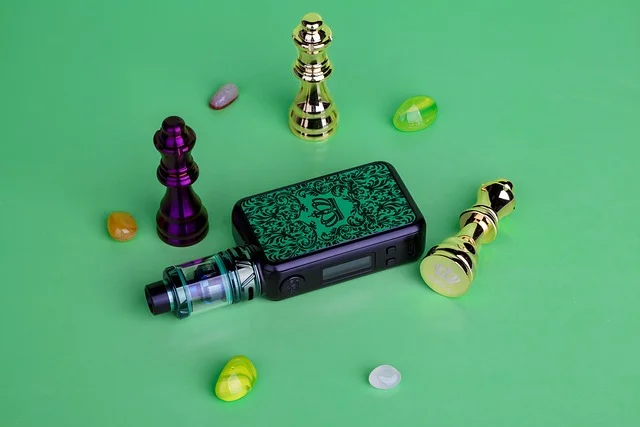 Map showing vape shop density across Australian states
Map showing vape shop density across Australian states
Consumer preferences show:
- Fruit flavours account for 47% of sales
- Disposable vapes represent 62% of the market
- Online purchases grew by 210% since 2020
User Experience & Case Studies
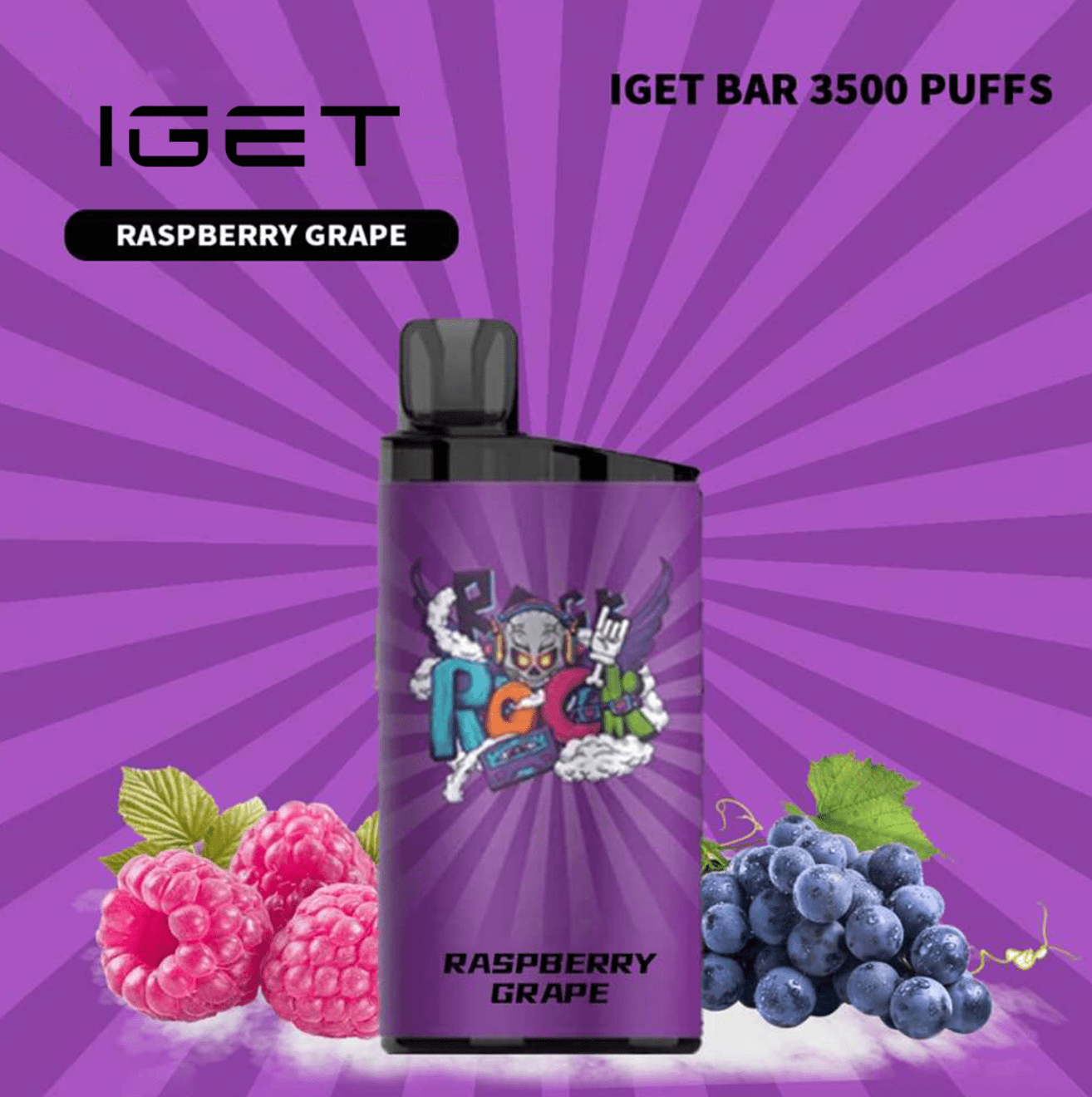 Australian vaper using device outdoors
Australian vaper using device outdoors
Australian vapers report diverse experiences with e-liquids. Sarah, a 28-year-old Melbourne resident, shares: “After switching from cigarettes, I found the Strawberry Raspberry IGET Bar gave me the satisfying throat hit I missed, without the prescription hassle.”
Case Study: Brisbane Vape Conversion Program
- Participants: 150 smokers
- Success Rate: 73% reduction in cigarette use
- Preferred Product: InstaBar Vape (AUD $17.73)
Regional differences emerge clearly:
| City | Preferred Device | Average Spend |
|---|---|---|
| Sydney | Refillable Mods | AUD $55/month |
| Adelaide | Disposables | AUD $35/month |
Purchase Guide & Recommendations
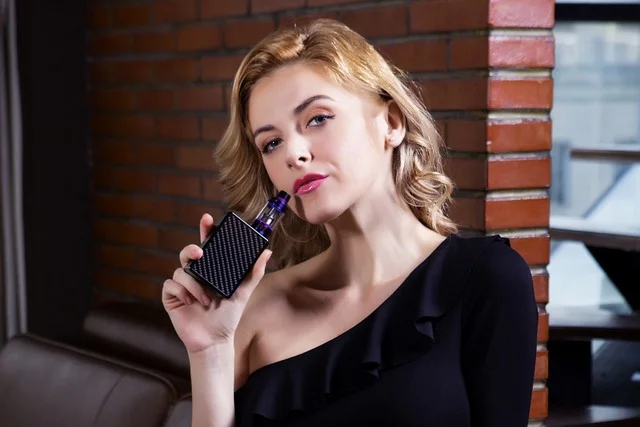 Side-by-side comparison of popular Australian vape products
Side-by-side comparison of popular Australian vape products
When buying e-liquids in Australia, consider these key factors:
- Legal Compliance: Ensure products meet TGA standards
- Flavour Profile: Test samplers when possible
- Device Compatibility: Match viscosity to your device
Top 2025 Picks:
- Best Budget Option: InstaBar Vape at AUD $17.73
- Premium Choice: THC Carts Australia at AUD $34.06
- Flavour Winner: Strawberry Raspberry IGET Bar
For reliable service, MyCentralCity offers fast shipping to all major Australian cities including Perth, Darwin, and Hobart. Remember that nicotine purchases require a valid prescription under Australian law.
❓ Frequently Asked Questions
1. How much does e-liquid cost in Australia?
In 2025, prices for quality Australian-made e-liquids range from $15-$30 for 30ml bottles. Imported premium international brands typically cost $25-$40 per 30ml after taxes. Nicotine-containing e-liquids require a prescription and attract additional costs.
2. Is vaping legal in Australia?
Yes, but with strict regulations. Since October 2021, nicotine vaping products require a doctor’s prescription for legal purchase and use. All e-liquids sold in Australia must comply with TGA standards, and state laws vary regarding where you can vape.
3. How do Australian e-liquids compare to international brands?
Australian-made e-liquids must meet strict TGA standards for ingredients and manufacturing. Many local brands now rival international quality, with cleaner ingredient profiles and innovative native flavours like wattleseed and lemon myrtle alongside traditional options.
4. What’s the safest way to store e-liquid in Australia’s climate?
Store in cool, dark places away from direct sunlight, especially important in hotter regions. Keep bottles tightly sealed at stable room temperature (ideally below 25°C). Avoid storing in cars during summer as extreme heat can degrade ingredients.
5. Can I import e-liquid from overseas?
As of 2025, importing nicotine e-liquid without a valid prescription remains illegal. Non-nicotine e-liquids can be imported but must meet Australian standards. All imports are subject to border controls and testing by the TGA.
6. How do I legally obtain nicotine e-liquid in Australia?
You must: 1) Consult an Australian doctor for a nicotine prescription, 2) Purchase from an approved Australian pharmacy or licensed domestic supplier, or 3) Use the Personal Importation Scheme with your prescription for overseas orders (limited to 3 months’ supply).
How To Legally Vape in Australia: A 2025 Guide
Step 1: Understand the Laws
Familiarise yourself with federal and state regulations. Vaping laws vary between states regarding where you can vape and device restrictions.
Step 2: Obtain a Nicotine Prescription
Book an appointment with your GP or use TGA-approved online services like QuitClinics. Annual prescriptions typically cost $50-$100 AUD.
Step 3: Purchase from Licensed Suppliers
Choose TGA-approved Australian pharmacies or domestic manufacturers. Always present your prescription when buying nicotine products.
Step 4: Proper Device Setup
Use compatible devices purchased from Australian retailers. Ensure your device meets Australian safety standards (look for RCM mark).
Step 5: Responsible Usage
Follow all state vaping location restrictions. Be mindful of non-smokers and never vape where smoking is prohibited.
Step 6: Safe Storage & Disposal
Store e-liquids away from children and pets. Dispose of empty bottles through pharmacy take-back programs when available.
About the Author
Dr. Emily Chen, is a Sydney-based harm reduction specialist and public health researcher with over 12 years’ experience in tobacco control policy. As the former head of the Australian Tobacco Harm Reduction Association (ATHRA), she has advised both federal and state governments on vaping regulations. Dr. Chen currently serves as Senior Lecturer at the University of Sydney’s School of Public Health and contributes regularly to Australia’s leading health policy journals.

